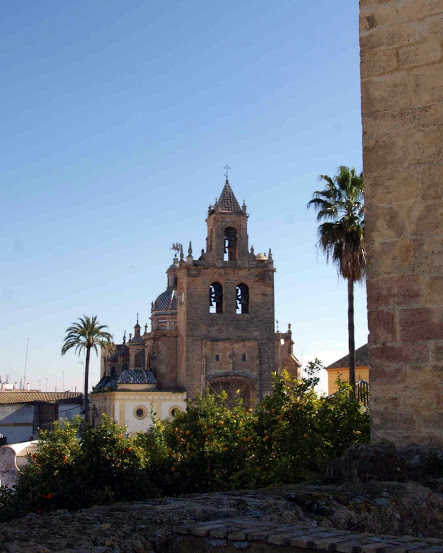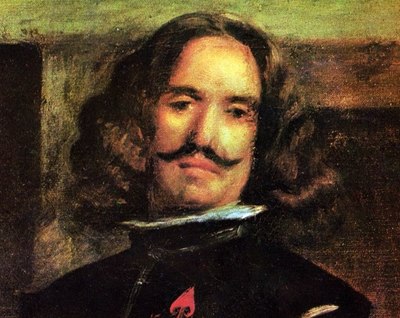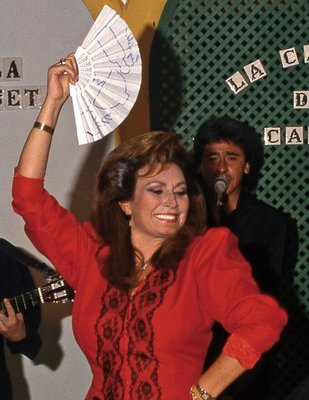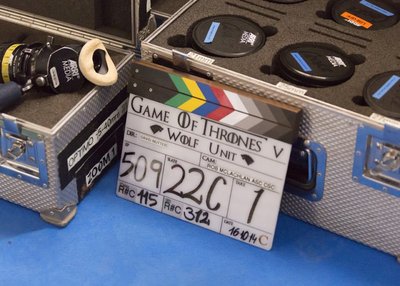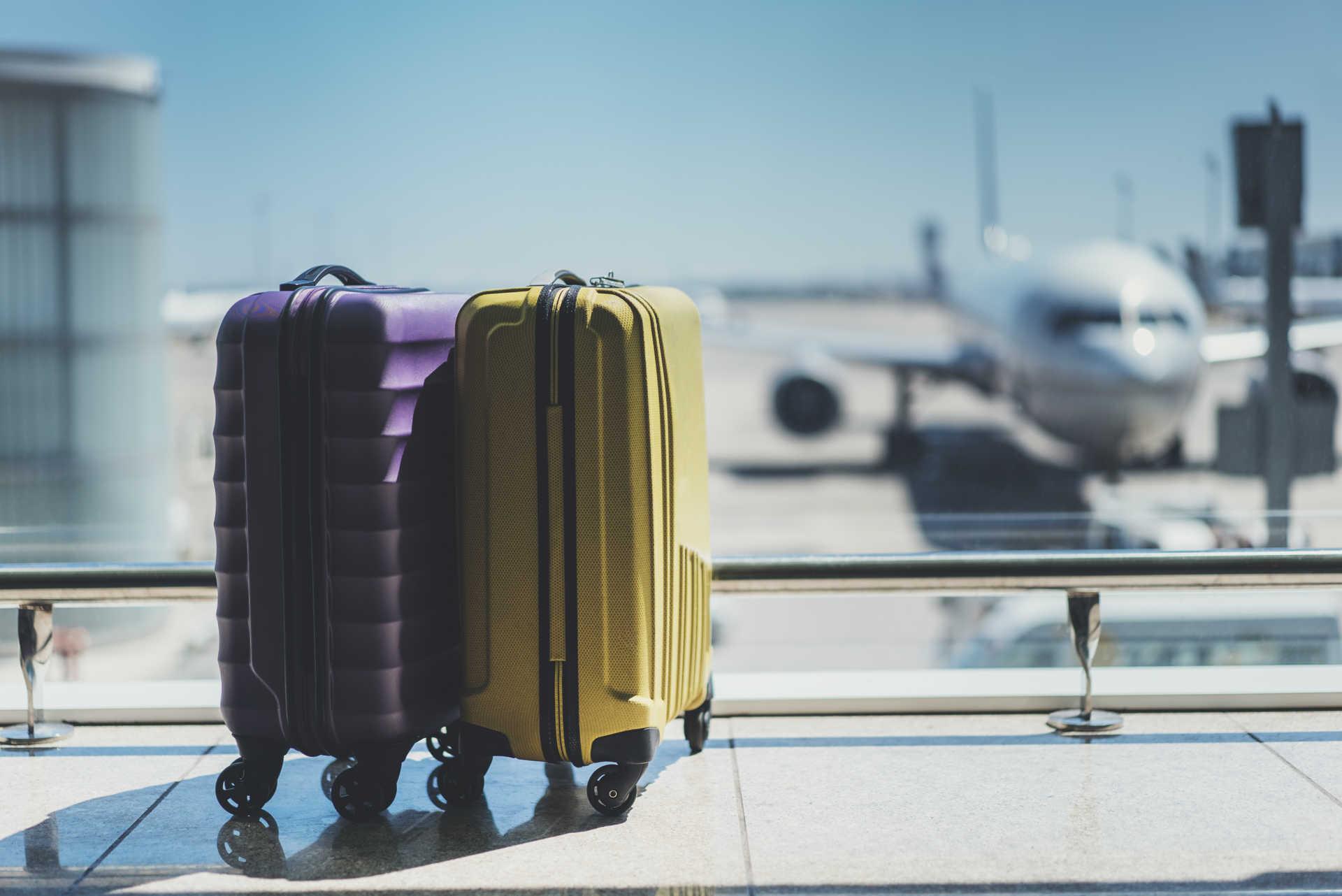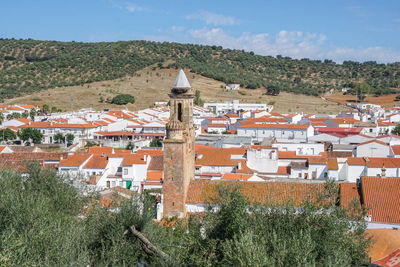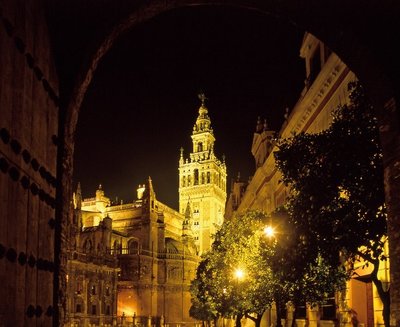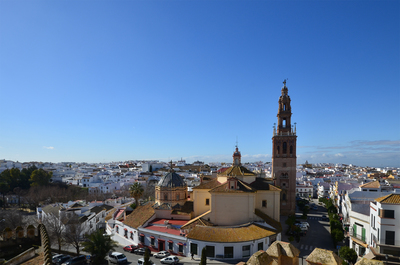Utrera: the birthplace of Serafín and Joaquín Álvarez Quintero
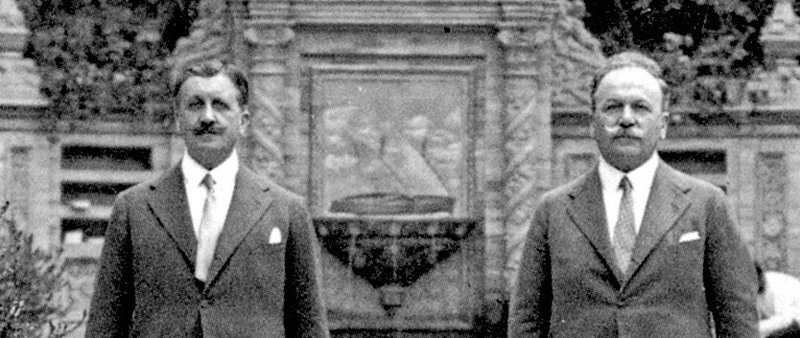
The Álvarez Quintero brothers, creators of the traditional Andalusian theatre, designed for performance and entertainment, focused their attention on life's more sentimental aspects.
Serafín and Joaquín Álvarez Quintero (Utrera, 1871 - Madrid, 1938/Utrera, 1873 - Madrid, 1944)
Playwright duo
Serafín and Joaquín Álvarez Quintero worked as employees of the Tax Office, but their true vocation lay in the literary world. They practiced as poets, narrators, journalists and, above all, as playwrights, with over two hundred plays behind them, including one-act farces, comedies, dramas, entreméses, and operettas. As analysts of their work have said, the theatre of the Álvarez Quintero brothers, despite its variety, may represent performing 'andalucismo', and to a certain degree the work of Carlos Arniches represents 'madrileñismo'. In any case, they opted for theatre designed for performance and entertainment, focusing their attention on the more sentimental aspects of life.
Some of their titles include Los borrachos (1899), El traje de luces (1899), Amores y Amoríos (1908), Las de Caín (1909), Malvaloca (1912) and Mariquilla Terremoto (1930).
They are members of the Royal Academy of the Spanish Language and they worked with numerous newspapers and magazines whilst tackling cinema with many screenplays for this new genre. The last play they wrote together was Burlona, which is dated between 1937 and 1938. Serafín died in the middle of the Spanish Civil War, while his brother lived for another six years and continued to publish works under both their names.
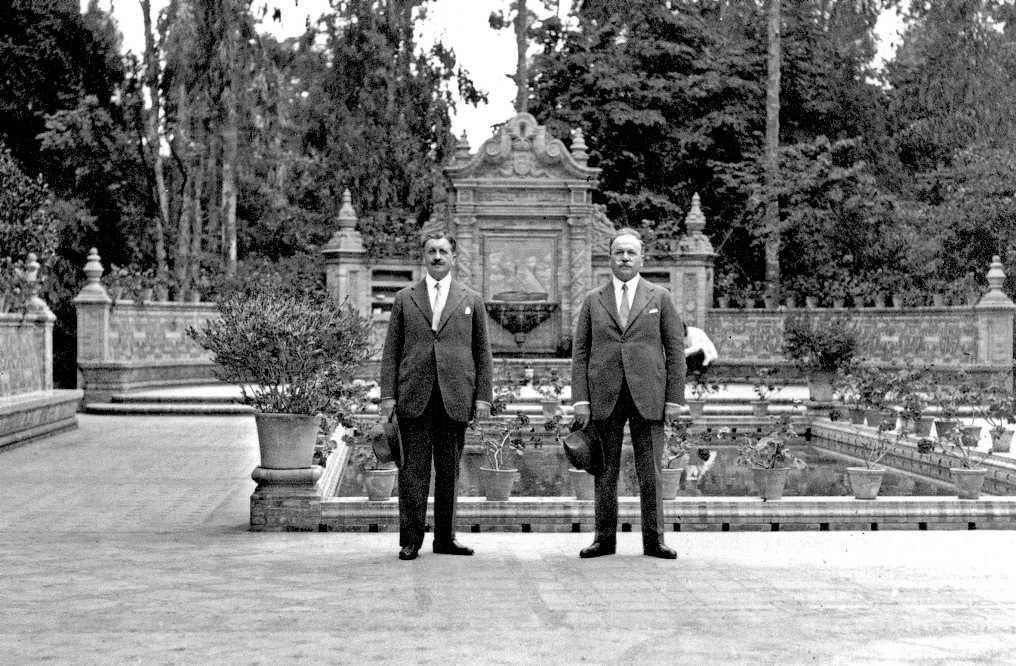
The Álvarez Quintero Legacy
The Álvarez Quintero brothers were from Utrera, where they spent the first years of their lives.
Teatro Enrique de la Cuadra in Utrera exhibits the legacy of both playwrights.
The collection is mainly of written and documented value. It is comprised of furniture and objects, including a desk and decorative figures made with glazed clay, metal and plaster, which signify personal memories, in addition to vases, canes, watches, etc.
There are also 48 paintings, the majority by Andalusian artists, including work by García Ramos and Villegas Cordero, drawings signed by Gonzalo Bilbao, Valeriano Bécquer and Gustavo Bacarisas, and even one by Joaquín Álvarez Quintero himself. There are over 150 photographs, which are mainly portraits gifted from actors, actresses and people related to theatre, including María Guerrero, Margarita Xirgú, Maruchi Fresno, Eduardo Marquina, Pastora Imperio…
One very important aspect in this collection is the personal library of the Quintero brothers, comprising over 4,500 volumes, including magazines. The value of this library is reinforced by the presence of typed documents, including various comedies, diplomas (from when they were named as illustrious sons of Seville in 1910 and Utrerain 1914; and named as Academy members) and letters.

Consolación Park
Another place where traces of the Quintero brothers still live is Consolación Park, the green lungs of Utrera. It is a quiet, welcoming place, especially for families with children and older people. It is home to abundant bushes and trees that provide shade in summer, as well as many well-kept botanic species and a small zoo.
The most important monument is found at the square that bears their name: los Hermanos Álvarez Quintero.
Historic town
Located on a gentle hill south of the city of Seville, Utrera will amaze visitors with its simplicity and historic appearance, and with the noble buildings that flank its streets, many of which have been declared Properties of Cultural Interest.
The most symbolic building in Utrera invokes memories of the era of the Reconquista. Despite having been the scene of all kinds of battles and conflicts, Utrera Castle continues to demonstrate its Almohad elegancy, while its keep is still one of the most admired constructions in the town today.

The Arco de la Villa, which is the old entrance gate to the town, is still standing.
Just a couple of blocks from the castle you will find Santiago el Mayor Church, which is a Gothic temple from the 16th century. Its sturdy, relatively undecorated walls are reminiscent of the defensive fortresses that once dominated the region, in contrast with the haughty elegance of the bell tower, which sits on what is known as Puerta del Perdón, granting Utrera's skyline a distinctive feature.
The interior of the church combines Gothic, Renaissance and Baroque elements, creating a space a great beauty. Between the valuable altarpieces from the 16th, 17th and 18th centuries, you can visit the tombs of illustrious knights of the Reconquista.
Santa María de la Asunción Church, also known as Santa María de la Mesa, is another symbolic church in this town. It dates back to the 15th century.
The Gothic lines of the exterior lead to the ornamental abundance of the tower,which is the highest in the town, next to that of the neighbouring Santiago Church.
Among the treasures the cathedral hoards inside are the choir stalls, which were created by Duque Cornejo in the middle of the 18th century, and the sumptuous sepulchre of the Count of Arcos.
At the foot of the church is a square where the locals of Utrera head to enjoy the shade provided by the trees, chat with other inhabitants or sample delicious "mostachones”, which are typical sweets whose recipe has been maintained since time immemorial.
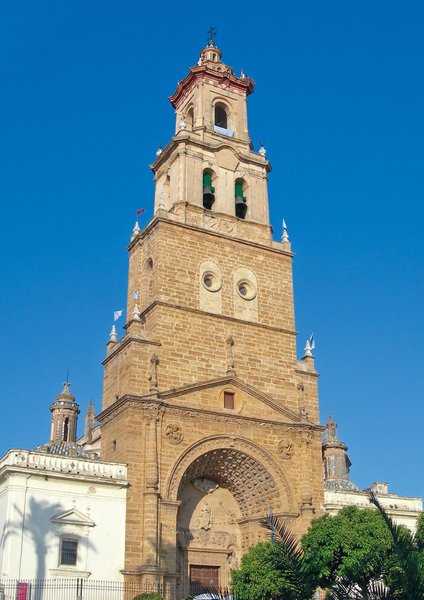
he heart of Utrera
Wandering around the streets of the historic centre in Utrera you will come across interesting examples local architecture, such as Vistahermosa Palace, which is a delicate exhibition of 18th century Rococo architecture and which is today the seat of the local government.
Next to its main entrance you can admire the always busy Plaza Gibaxa, which is also the location of the Post Office building, formerly the birthplace of the Álvarez Quintero brothers, the creators of traditional Andalusian theatre that delighted the literati.
Not far from here, Plaza del Altozano dazzles wanderers with the ancient houses surrounding it, some of which have been standing since the 17th century. On the way, you should stop at Casa Surga, which is a beautiful Baroque construction from the end of the 18th century, at Santa Resurrección Hospital, which dates back to the 17th century, at Purísima Concepción Church, a Mudejar construction; and at San Francisco Church, from the 17th century, with its magnificent, fully painted dome.
Nuestra Señora de la Consolación Shrine
The outskirts of Utrera continue to gift architectural gems, such as this small 17th century shrine, built in honour of the Virgen de La Consolación, the town's patron saint.
The building has wisely combined its original Mudéjar structure with Baroque tones, which are especially visible on the main façade. Inside, you can see a magnificent, original coffered ceiling and a delicate statuette of the Virgin, which is widely venerated by the locals, especially on the 8th of September, when a pilgrimage in her honour is held.
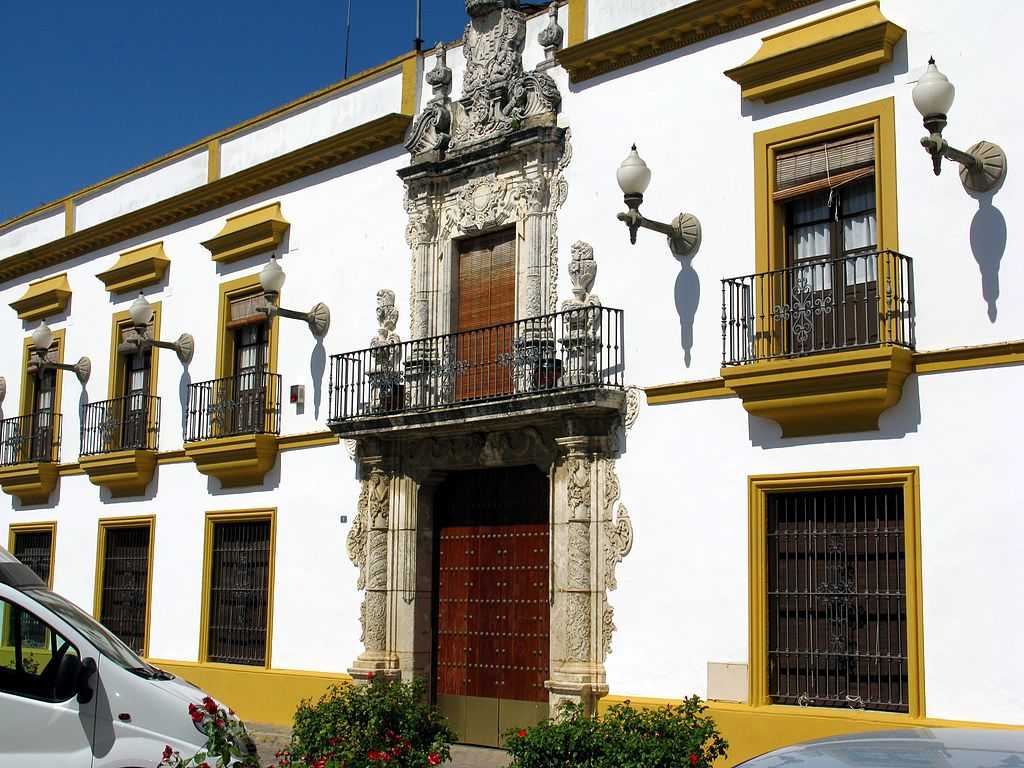
Guadalema de los Quintero
Out of curiosity, visit Guadalema de los Quintero, a district created by the National Institute of Colonisation in 1948. Its name was suggested by a group of fans of Quinteriano theatre who even dared to propose its appearance. Its urban planning was conditioned and influenced by the search for Andalusian tones, resulting in a beautiful village of picturesque, uniform white houses with awnings and roof terraces, filigreed grilles on which plants pots and vines are hung, wide streets dotted with the green of orange trees and, presiding over the whole area, a central square with a sculpture of the famous brothers.

